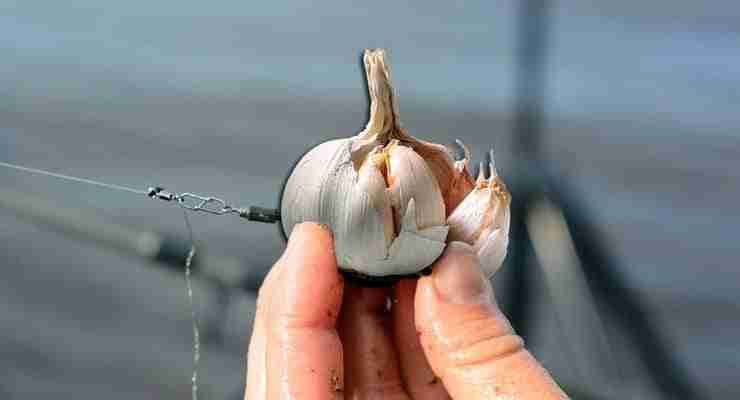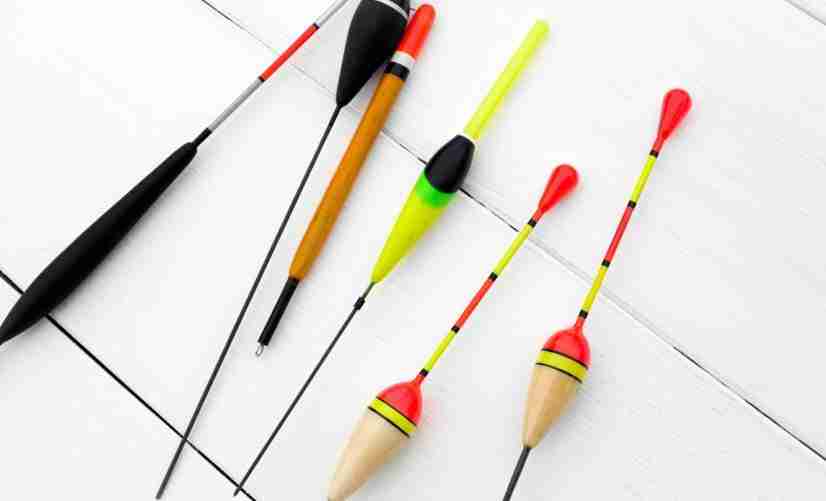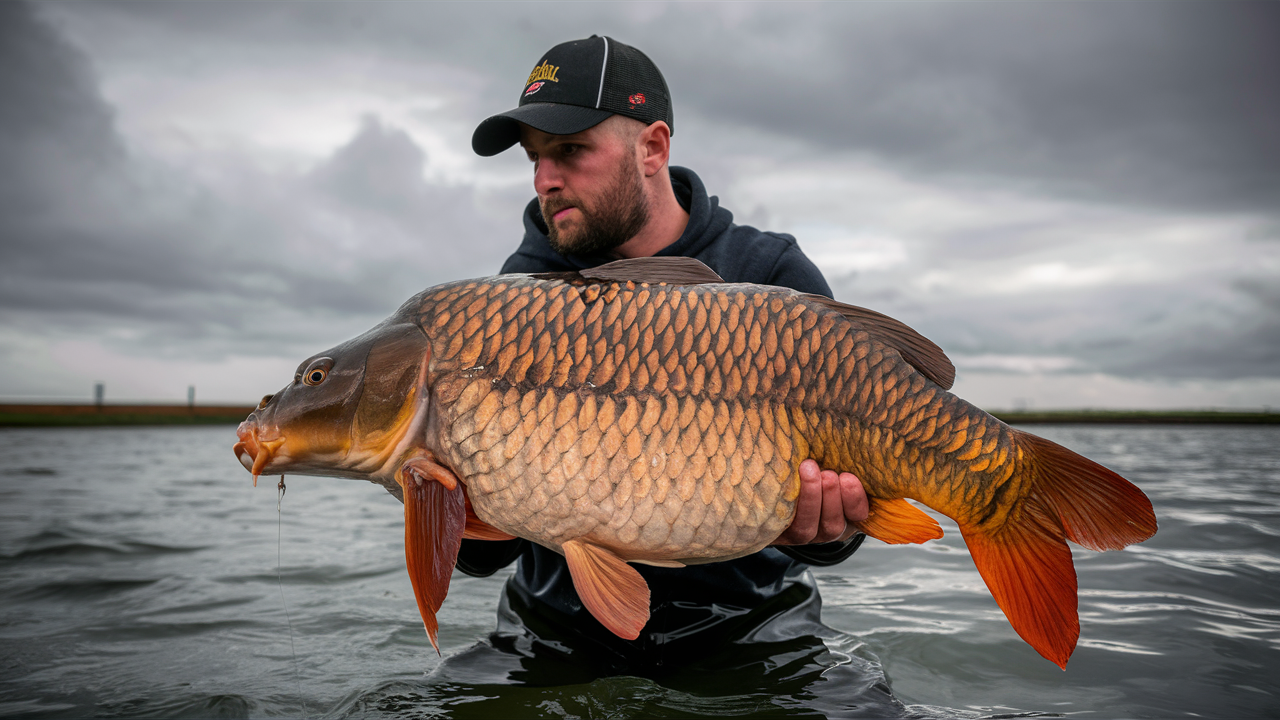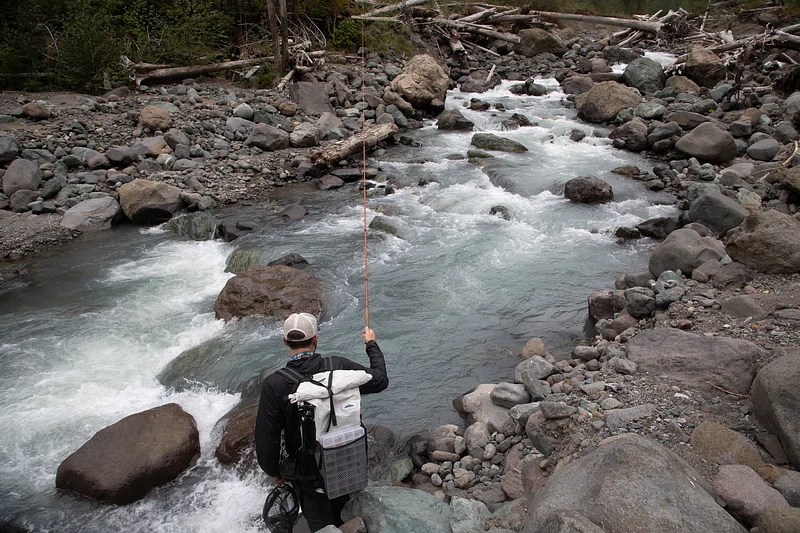
How To Fish Small Mountain Streams

8 min read
Small Mountain Streams offer some of the most scenic and challenging fishing opportunities. Although they can be difficult to fish due to their size and rocky terrain, the payoff can be well worth the effort.
Here are a few tips on how to fish small mountain streams. Mountain streams can be difficult to fish due to their size and rocky terrain, but the payoff can be well worth the effort.
Choosing the right gear
When it comes to fishing small mountain streams, choosing the right gear is crucial. These streams are typically narrow and shallow, and the fish are generally smaller than those found in larger rivers or lakes. As such, it’s important to use lightweight gear that is well-suited to the size and conditions of the stream.
For fly fishing, a 4-6 weight fly rod is generally a good choice. This type of rod is lightweight and versatile, allowing you to cast small flies with precision and fight fish effectively. For spinning, an ultralight spinning rod is a good option, as it allows you to cast small lures and handle fish with finesse.
choosing the right rod, it’s also important to select the right line and leader for the conditions. In clear water, a fluorocarbon leader can be a good choice, as it is virtually invisible to fish and allows for a more natural presentation of the lure or fly. In dirtier water or when targeting larger fish, a heavier tippet may be necessary.
Other gear considerations for small mountain streams include waders or boots for navigating uneven terrain, a vest or pack for carrying equipment, and a landing net for safely releasing fish. By choosing the right gear, you’ll be well-equipped to fish these challenging and rewarding streams.
Daypack or Backpacking Gear for Small Mountain Streams
One of the first considerations when fishing a small stream is tackle selection a short light action rod paired with a well-balanced drill is an excellent starting point. If you are hiking into a remote stream or intend to cover a lot of water a quality telescoping rod may be an ideal choice when choosing line two to six-pound monofilament or fluorocarbon is typically enough to handle the small to mid-size fish that you’re likely to encounter.

A small selection of terminal tackle such as hooks weights and lures can be carried simply and easily in a small plastic tackle box, your tackle, as well as any other fishing gear, can be transported in a small hit pack, a standard fishing vest or even a front pack for ease of access.
Selecting lures and flies
When it comes to fishing small mountain streams, choosing the right lures and flies is crucial. These streams are typically characterized by clear, shallow water and spooky fish, which can be easily scared off by large or flashy lures. As such, it’s important to choose small, subtle lures and flies that match the size and type of insects present in the stream.
Lure selection for Small Mountain Streams
One effective type of lure for small mountain streams is nymphs. Nymphs are imitations of aquatic insects that are in their larval or nymphal stage, and they can be fished under a strike indicator or dead drifted along the bottom. Soft plastics, such as worms and grubs, can also be effective when fished on a light jig head or drop shot rig.
Spinners, such as Roostertails and Mepps, can also be effective in small mountain streams when fished slowly and close to the bottom. Wet flies, such as hare’s ears and pheasant tails, can be effective when fished on the swing or dead drifted through likely holding areas.
Lure selection is generally a matter of preference. One of the most productive lures for calling in the fish is an inline spinner such as an MEPs Panther Martin or Rooster Tail. Water level and clarity will dictate container size and color choice. Another highly productive technique is, of course, to utilize live or artificial bait like salmon eggs or night crawlers. Baits indigenous to the area where you are fishing are always a deadly choice.
If fly-fishing pay particular attention to insects and hatches that may be occurring and always remember to check the regulations for the body of water that you will be fishing before heading out.
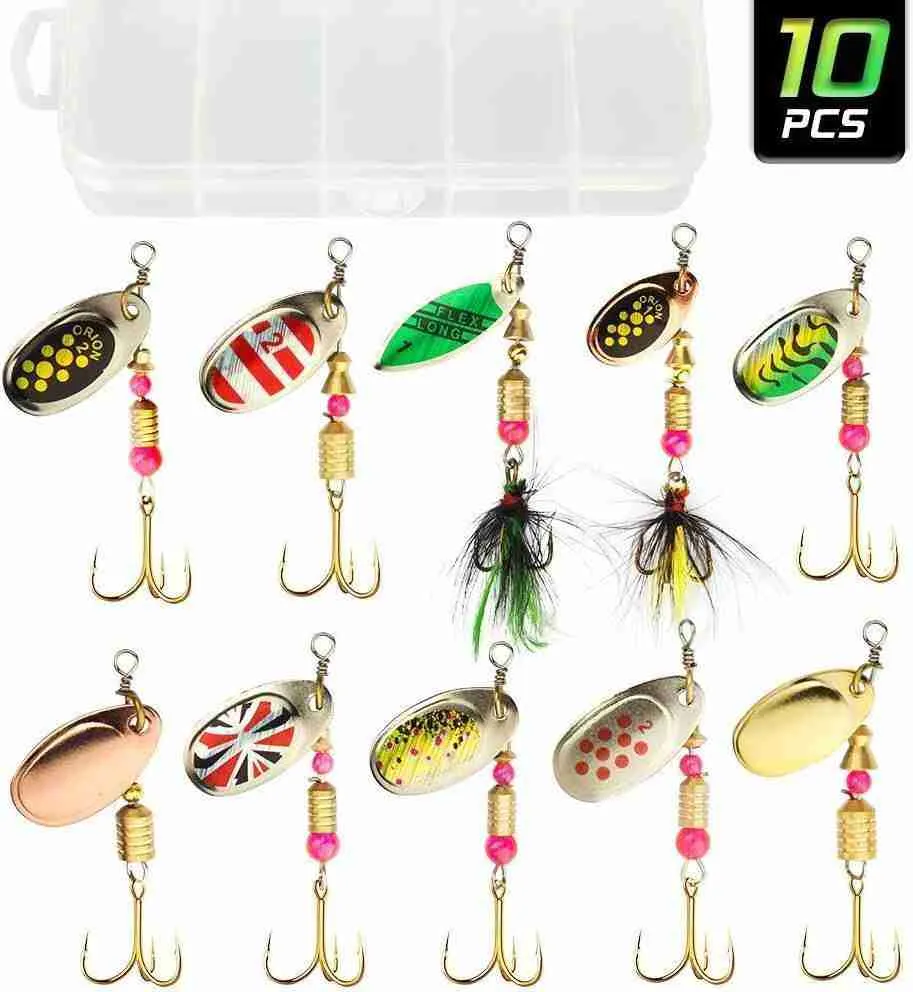
Buy here
Best Times to Fish
The best times to fish in small mountain streams can vary depending on a variety of factors, including the species of fish you’re targeting, the location of the stream, and the weather conditions. Here are a few general tips for finding the best times to fish in small mountain streams:
- Early morning and late evening: These times are often the most productive, as the cooler water temperatures and lower light levels can make the fish more active.
- Spring and fall: The cooler water temperatures of spring and fall can make for some of the best fishing in small mountain streams. During these seasons, the fish may be more active and feeding more heavily as they prepare for the colder months ahead.
- During hatches: Paying attention to the hatches, or times when aquatic insects emerge from the water and fly off, can help you pinpoint the best times to fish. Different types of insects hatch at different times, so knowing what insects are present in the stream you’re fishing can help you choose the right lures and flies.
- Overcast days: Overcast days can be good times to fish in small mountain streams, as the lower light levels can make the fish more active and less likely to be spooked by your presence.
Early morning and just before dark are the most productive times for fishing because this is when the fish are most actively feeding, but good fishing can also be had during the day. Perhaps the most critical factor in determining your success is your ability to water fish hold in areas that provide the maximum amount of food with the least amount of expended energy, knowing that these areas will help you to eliminate unproductive water.
Let’s take a quick look at some of the most common locations that you will want to focus on :
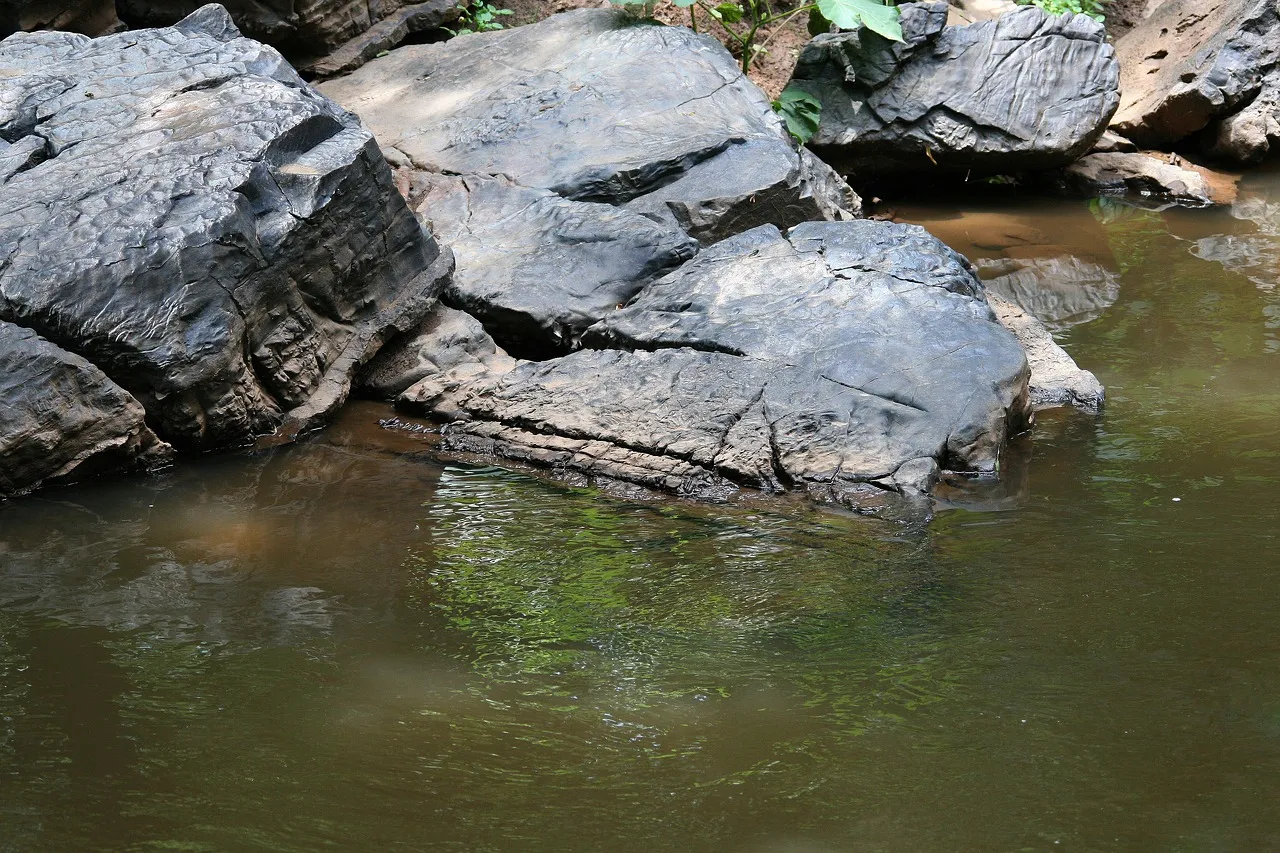
Pocket water is a section of the stream which contains large rocks boulders or other debris active fish will hold in the area or pocket formed behind these obstructions highly active fish can also be found in front of the boulder as well as the current is seen to either side.
Pools or holes are also areas they’ll hold and concentrate fish these don’t necessarily have to be deep just deeper than the average depth of the stream and preferably with some type of overhead cover.
While talking about cover it is also important to note that some of the best locations to fish in any stream are those that have some type of cover present whether a tree fallen across the water or an undercut vein
Another prime feeding area is the riffle which is typically found above a pool or a run active fish will often move into the shallow fast water to intercept any food being carried downstream riffles are most productive in the early and late hours of the day
How Reading water in Small Mountain Streams
Reading water is not that complicated there are a lot of components to it you know you can make it complicated but what I found is you spend a little bit of time on the water and you’ll develop a feel for where the fish are I mean you’ll be able to spot this pockets behind boulders those undercut banks those overhanging logs and you’ll just have this feeling that there’s a fish there you know bass probably on the experience just the look of the spot and you know that’s going to be a gut instinct at some point and that’s all it boils down to
Presentation need for fishing in Small Mountain Streams
The solid presentation can mean the difference between catching fish or going home empty-handed a key factor in fishing these small streams is to avoid spooking the fish this can be best accomplished by approaching the water’s edge slowly and keeping a low profile when fishing baits or lures it helps to cast slightly quartered downstream drift your presentation as naturally as possible undercut banks or other covers as much water as you can to entice as many fish as possible.
Conclusion
Fishing small mountain streams can be a rewarding and challenging experience that offers a unique and intimate setting for anglers. By following the tips outlined in this article, including choosing the right gear, selecting lures and flies, and using specific techniques, you can improve your chances of success in these challenging and rewarding waters.
Remember to respect the environment and follow local regulations, and be prepared for challenging terrain and weather. With a little knowledge and preparation, you can enjoy a fulfilling and enjoyable fishing experience in small mountain streams.
For those who are new to fishing small mountain streams, or who want to learn more, there are many resources available, including local fishing clubs and guide services.
I hope that some of these basic principles shared here help you to catch more fish.
